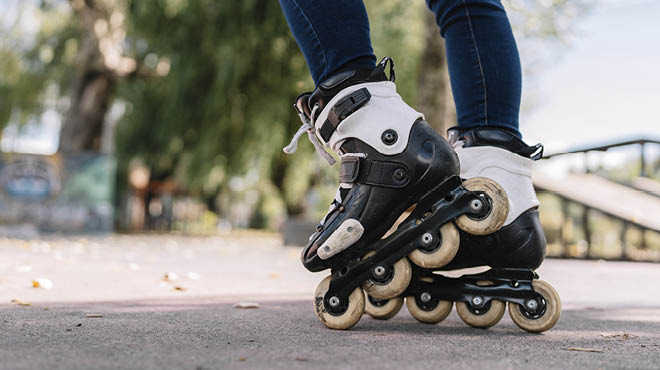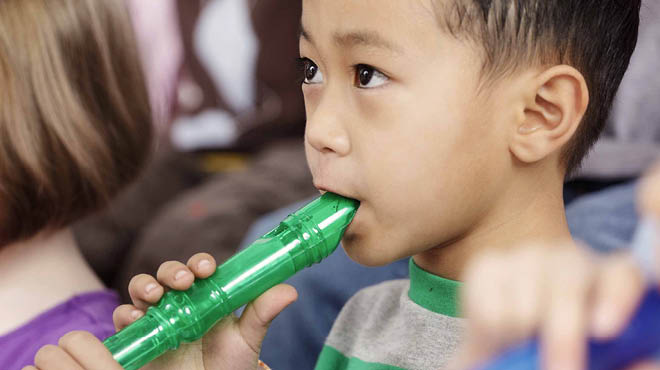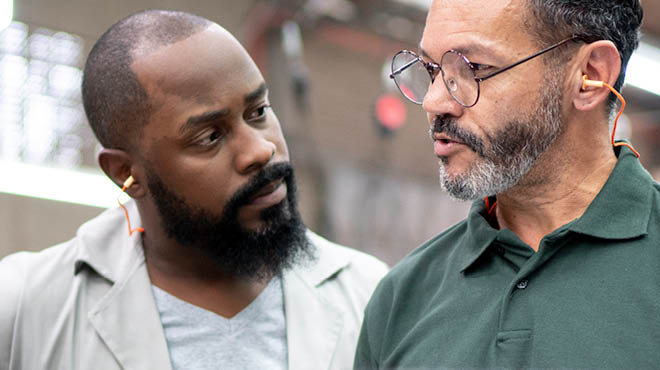Recent Posts
Young people wearing earbuds or headphones? Listen up

From tweens to early adults, young people tune in to their playlists, podcasts and phone conversations with in-the-ear devices, such as earbuds. While these devices are a convenient, private way to listen, they're also potentially damaging to hearing.
Global studies released in 2020 revealed that 24% of those ages 12–35 listened to sound at unsafe levels. And it's not just devices that are a hearing risk but also the noisy places young people tend to go, including music venues and other spaces like busy cafes, school cafeterias or sporting events.
How loud is too loud?
The louder the sound, the more damage it can cause to your hearing, and the faster that damage will occur. Sound is measured in decibels (dB). Any sound at or above 85 dB is more likely to damage your hearing over time. How loud is 85 dB? It's equivalent to a food blender or a soundtrack in a movie theater.
Many young people use devices with sound levels much higher than 85 dB. For example, music played through headphones at the highest volume often is 94–110 dB. The upper level of 110 dB is more than 100 times as intense as 85 dB. If a young person is wearing over-ear headphones and you can hear the lyrics, the volume is too high.
In 2022, the World Health Organization issued standards for tackling hearing loss in this age group. One of those standards is for devices to be set at a default output level to protect hearing, typically 70–85 decibels (dB).
However, that default isn't activated in devices bought in the U.S. So it's up to parents, caregivers and users to turn on this default setting. To do this, review the settings on the young person's device.
Why listening at safe levels is crucial at any age
According to the Centers for Disease Control and Prevention, even a small amount of hearing loss in children can profoundly affect their speech, language comprehension, communication, classroom learning and social development.
A national study of children and adolescents ages 6–19 revealed that 12%, or about 5.2 million, have suffered permanent hearing damage from exposure to excessive noise. This type of hearing loss, also known as noise-induced hearing loss, can be caused by one loud blast or by listening at loud levels over time. It usually can't be medically or surgically corrected.
Developing safe listening habits
As the tweens in your life are beginning to be more independent when it comes to making decisions about their listening habits, it's a great time to help them develop safe practices that will protect their hearing for a lifetime.
Three factors apply to safe listening: decibels, time and distance. The higher the decibels, the less time you can listen safely at that level. You can reduce the effect of high sound levels by moving farther away from the source, such as an amp at a concert, which allows you to listen longer.
Here are some tips for safe listening:
- Activate volume control limits on devices.
- Teach tweens to lower the volume.
- Listen with the volume set to 80% for no more than 90 minutes.
- Move away from loud sound sources.
- Wear ear protection such as earplugs or earmuffs in noisy environments or during noisy activities.
Also, consider giving your ears a break. Rather than wearing earbuds for eight hours, switch to over-ear headphones. Or wear an earbud in only one ear, then switch to the other. Consider opting for devices with noise-cancellation features and improved sound quality. This may limit the impulse to increase the volume to hear over the noise around you.
Another tip: Keep your in-ear devices clean. An earbud contaminated with bacteria can introduce it into your ear and cause conditions such as swimmer's ear, a painful, itchy infection.
If you suspect the young people in your family may have hearing loss, consult with a healthcare professional or audiologist.
Katie Dease is an audiologist in Owatonna, Minnesota.




